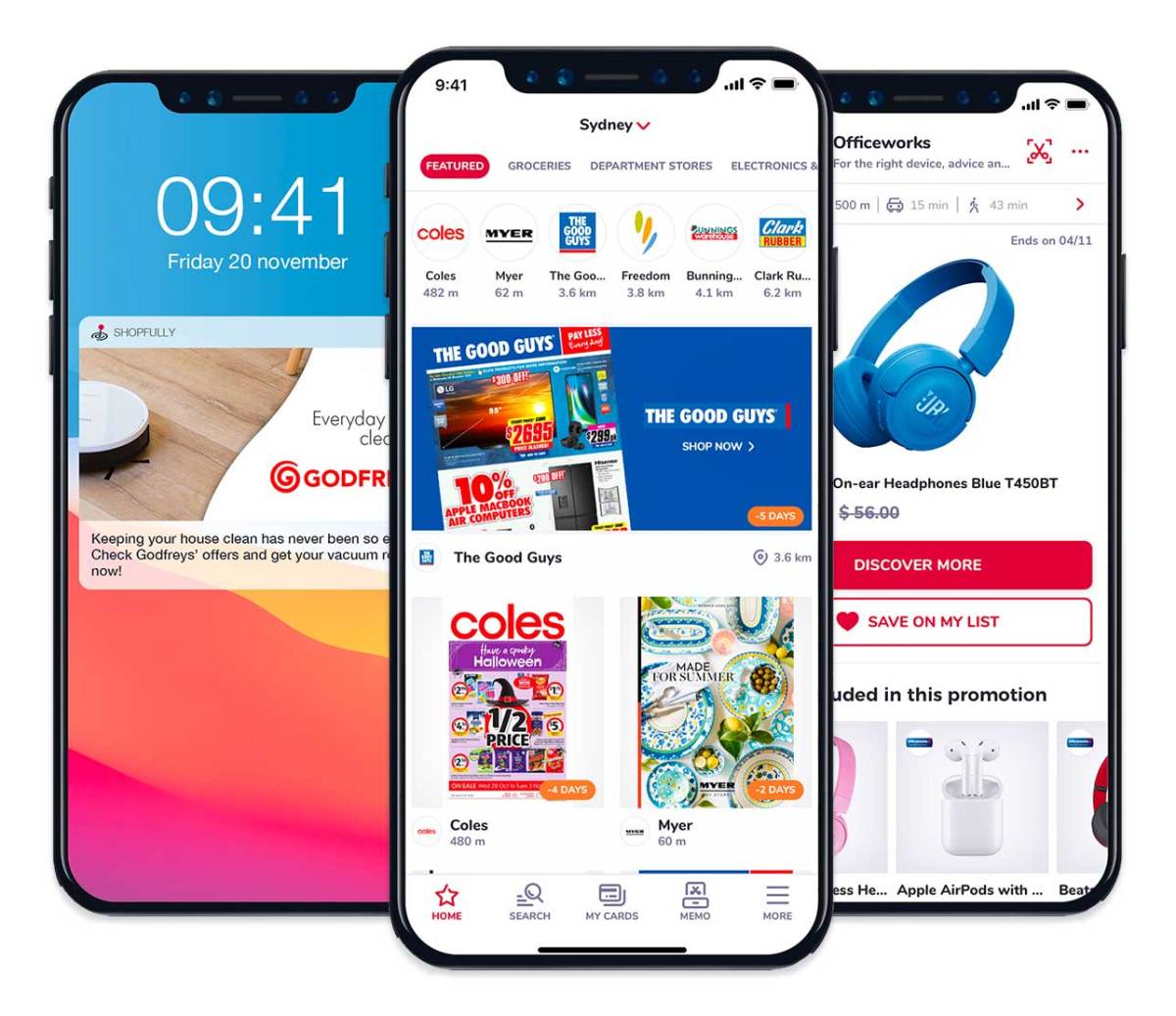Almost half of Australian shoppers (48%) have identified catalogues as their most used source of information when planning where to shop, outweighed only by internet search (57%) for the third consecutive year, according to research from leading tech company in Drive to Store, ShopFully and Nielsen Media Analytics.
The research revealed that four in five Australians (80%) rely on digital platforms (internet search, digital catalogues, online reviews, blogs, social media) to inform their purchase decisions.
Three in four (75%) Australians shared they ‘always’ or ‘sometimes’ use catalogues to decide what products to buy, with more than half (54%) of them doing so to curb the cost of living and save money. The research highlights that digital catalogues are firmly taking over the traditional paper copy, with two-thirds (66%) of catalogue readers browsing the digital format at least once a week, compared to just 46% reading physical catalogues at the same frequency.
ShopFully country manager of Australia, Brendan Straw said the evolution of the digital catalogue is fast surpassing its paper equivalent.
“The spike we’re observing in digital-only catalogue readers speaks for itself as Australian consumers continue to signal to retailers their preference for online formats. In fact, the weekly readership frequency of digital catalogues has increased from 57% in 2021 to 66% in 2023. With its paper counterpart declining from 53% to 46% over the same period,” he said.
The surge in digital catalogue uptake can be attributed to convenience (51%), environmental friendliness/reduced paper wastage (46%) and they’re easier to find (37%). Australian shoppers are paying more attention to retailer special offers and are on average spending 8.1 minutes viewing digital catalogues, with paper trailing behind at 7.2 minutes.
Interestingly, Millennials have exposed themselves as the most engaged generation in digital catalogues, with shoppers aged 25 to 39 browsing them on average 2.7 times a week, followed closely by Gen Z aged 18 to 24 doing so 2.5 times a week. The decline in digital catalogue readership observed for those aged 40+ dropping to less than twice a week suggests the future of the catalogue will heavily rely on digital as younger generations reveal their preference for paperless.
“Australian shoppers are rediscovering the joy of physical retail, returning to brick-and-mortar stores in strong numbers, however, these same shoppers continue to live on digital platforms. Retailers must capitalise on the opportunity to meet their customers at this intersection, utilising digital catalogues as a tool to drive consumers in-store and increase conversion rates,” Straw said.
“The modern-day catalogue in its most engaging format enriched with videos, GIFs and recipe ideas has shown to unlock a haven of consumer insights dubbing the format as a data catalogue. Retailers leveraging the strategic utilisation of digital catalogues can uncover how shoppers connect with specials down to the specific product and brand, and gain insight into what influences shoppers to follow through on in-store purchases.”

